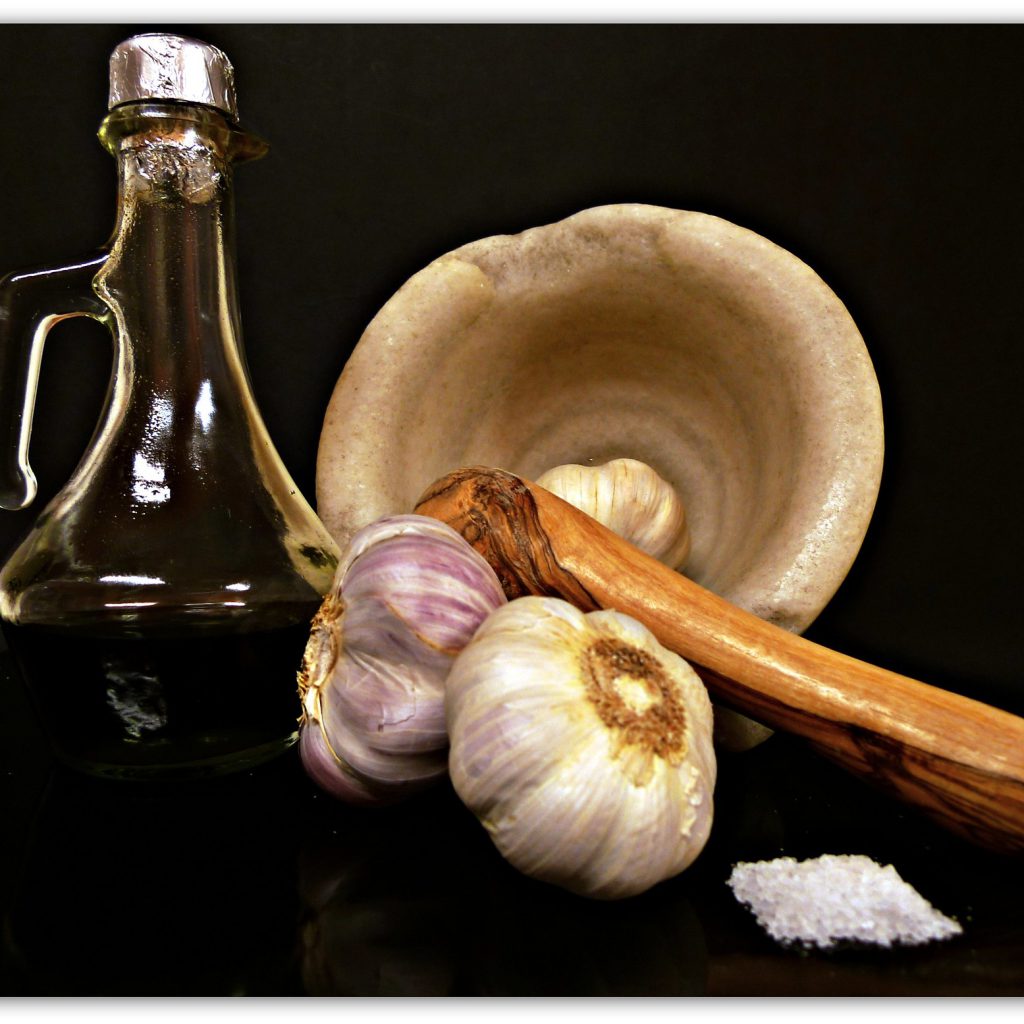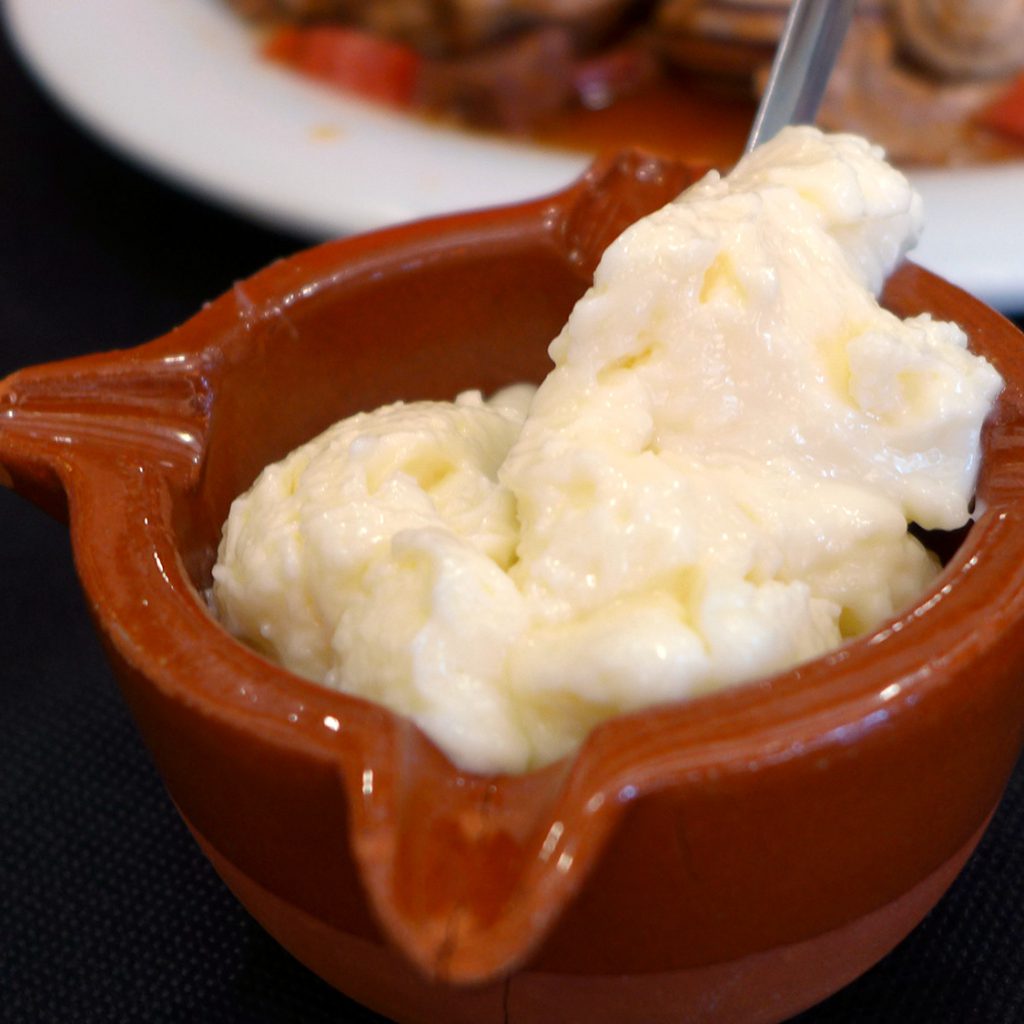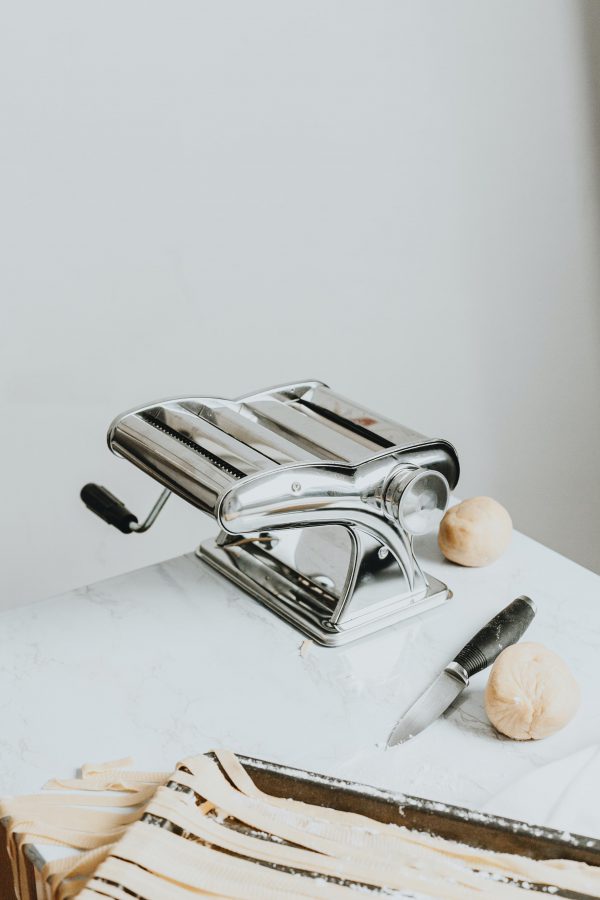Last Updated on March 05, 2023
If there’s one condiment that can be a fit for your breakfast, light summer lunch, barbecue parties, and fancy dinner nights, it’s nothing but aioli!
If you’ve never whipped up a batch for yourself, let us assure you that aioli is so easy to make that it hardly needs a recipe. Just bring out your mortar, grab your pestle, and you’re halfway there. Wondering what to serve it with? You can go with virtually anything, but we put some ideas together to help you get inspired.
What Exactly Is Aioli?
Aioli is indeed becoming more and more popular these days. But not all the aioli bottles you see on the condiment aisle are the real deal. The name is also printed on many garlic-infused mayo bottles. Although much simpler, authentic aioli is a completely different thing.
The original recipe for aioli comes from Provence, in the south of France, where it’s made from nothing but some high-quality olive oil and garlic.
Having said that, some recipes include whole eggs, some call for egg yolks only, while others include chopped herbs. When you bring in the eggs, the recipe does resemble regular mayo, but aioli has a considerable tanginess and a lingering aftertaste that comes from the raw garlic — the fresher the garlic, the stronger the taste.
Making the Perfect Aioli
To achieve the perfect aioli, you must make it in a mortar. It’s possible to make it in a food processor too, but working up some elbow grease over a mortar and pestle will give you that distinct garlicky kick. Here’s a recipe you can follow to make a batch of perfectly creamy, savory aioli.
The thing is when you pound the garlic cloves, the chemicals that come out of the bursting cells set off a chain of chemical reactions you can’t possibly achieve by chopping or blending the garlic.
Thanks to the magic that takes place in the mortar, a compound called allicin takes shape, which is the same component that gives garlic its instantly recognizable sharp taste. As a side note: the very same component is behind all those health benefits found in raw garlic.
When you make aioli the traditional way, you can infuse a large amount of oil with only a few cloves. This is also what makes real aioli quite strong, so you don’t need to slather a whole fish with the sauce to get that garlicky flavor – just a little bit is enough to fully aromatize any dish.
How you make it is very similar to how you make homemade mayo. And just like homemade mayo, homemade aioli can turn out completely different depending on what kind of oil, salt, and vinegar you use and the ratio you follow. Once you perfect the real aioli, you can experiment with different recipes that include eggs, roasted garlic, citrus juice, or herbs.
Raw Eggs, Yay or Nay?
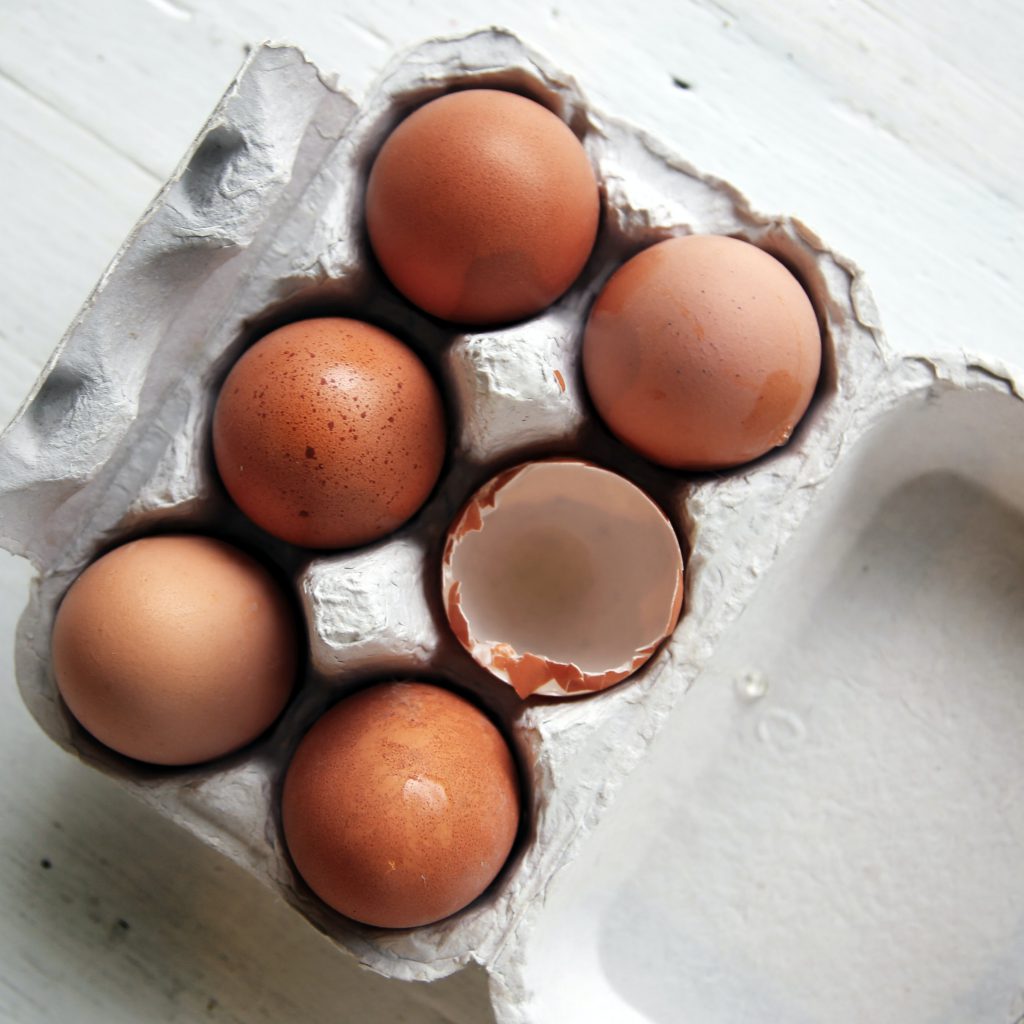
There are no eggs in the original aioli recipe. But if you want to try different variations or experiment, we need to discuss a few important things about consuming raw eggs.
The main thing you should be concerned about is salmonella, a common bacterial disease that affects the intestinal tract, which might spread through contact with chicken droppings. Sounds scary, right? For that reason, some say it’s never safe to eat raw eggs.
However, the disease isn’t as common as you might think. According to WebMD, 1 out of 20,000 eggs contains this bacteria. If you’re still concerned, use pasteurized eggs instead, which are heated before coming to your fridge just enough to kill the bacteria that might be present in the eggs.
If you can’t find pasteurized eggs or want to use the eggs you buy from the farmers market, you can mimic the same process at home by soft boiling them yourself.
How to Soft Boil Eggs
Place the eggs in a small saucepan and add water up to above 2 cm. Bring the saucepan to a boil over high heat and immediately remove it from the heat. Let the eggs sit for 3 minutes in the saucepan. Then drain the water and immediately run the eggs under cold water. The eggs will be hardened in the shell, but you can still use them in your homemade condiments.
Is Aioli the King of Condiments?
Quite possibly. In Catalonia, the sauce is served as a condiment with red meat, white meat, fish, seafood, pasta, vegetables, fries, and even paella. In Provence, the French like to eat it with salted cod and steamed vegetables. In short, anything savory. The minimalist aioli may consist of only a handful of ingredients, but it lifts up pretty much anything you combine it with.
And if you’re a garlic lover, then the condiment is simply irresistible. Did you know that on top of being arguably the best cold sauce, aioli can also be cooked? Also, unlike mayonnaise, which has a sour aftertaste, aioli is milder, and its garlic flavor brings out the umami in the vegetables.
If you’re not a huge fan of the strong garlic taste — or the lingering after smell — try cooking aioli together with your food. The smoothly smashed garlic roasts up pretty quickly and loses its sharp taste. You can add it to your pasta sauce, toast it on a slice of bread in the oven, or add it to your marinade.
So, as promised, here are some ideas to get you started on your aioli adventure. You might get an exciting meal idea for the upcoming week or get motivated to whip up some homemade aioli — if you aren’t convinced by now.
Dipping Sauce
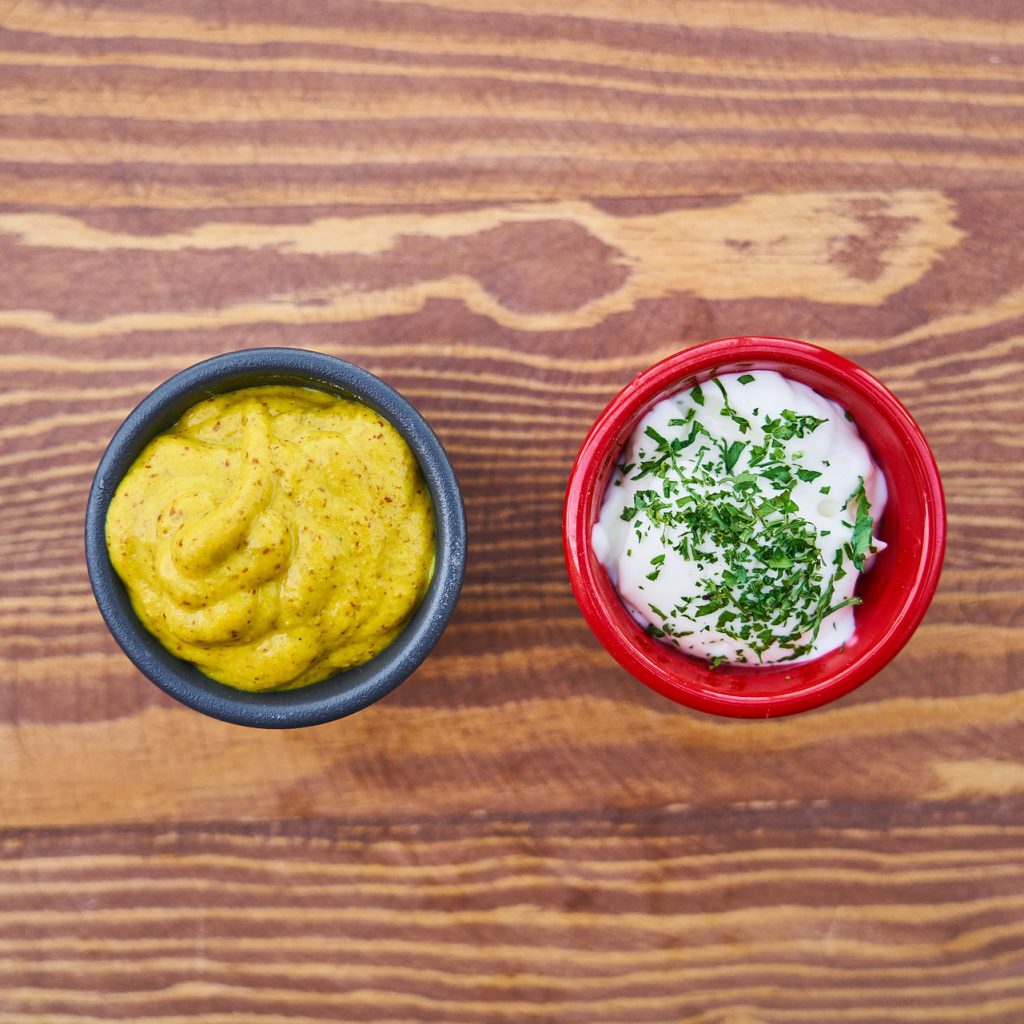
Aioli, the distant or close cousin of mayo depending on how you make it, can be used as a dipping sauce for almost anything savory you serve for dipping. From burgers and tacos to fried veggies, chicken, or fish.
As a matter of fact, aioli on crispy fried foods is the ultimate appetizing combination. When you add the garlic flavor, you create a savory taste that spreads in your mouth and makes you crave the next bite.
Aioli Garlic Bread

If you like garlic, you could probably live on aioli bread. Just slather some aioli on a slice of bread and top it with a pinch of grated cheese of your choice and some chopped parsley.
The pulverized garlic in the sauce cooks pretty quickly, so you shouldn’t expect a strong garlic experience from aioli garlic bread. If that’s what you like, simply add some chopped garlic over the bread slices. Munch on it alone, or serve it as a side with tomato soup or crisp green salad. Bon appetit!
Sandwiches

Aioli adds an amazing garlicky kick to anything savory food you combine it with. And we already established bread carries this kick gracefully.
So, grab your ciabatta or baguette and spread a spoonful of aioli on it — on both sides, carefully, from end to end — before you assemble the rest of the ingredients. Be it a chicken, roasted beef, smoked ham, grilled veggie sandwich, or a simple assembly made of tomatoes, a piece of lettuce, cucumber slices, and cheese. Aioli is guaranteed to change your attitude toward sandwiches.
Seafood

If you use mayonnaise or tartar sauce on fish, there are new realms to discover. In addition to the fish fries we just talked about, aioli sauce goes really well with grilled and raw fish. Boiled or steamed salmon, lightly salted small squid, smoked mackerel, boiled or grilled shrimp, mussels, or even canned tuna can be elevated with some garlicky condiment. Fry some fish in a pan with butter and put some aioli over it for delicious garlic butter fish.
Omelets

Here’s an idea: the next time you feel like having a savory yet easy breakfast, whip up two eggs with some shredded cheese. Cook them in butter and top them with a little homemade aioli. Viola! You have almost a gourmet dish to start your day with.
For the slower mornings when you have more time to exert yourself with extra ingredients, try the Spanish omelet with aioli on top. Thank us later.
White Meat

Loosely roasted chicken, fried wings, homemade chicken nuggets… it’s always a good idea to combine them with aioli. Something greasy and fatty, like spicy fried chicken wings, goes great with plain, original aioli. If you’re looking for something more complex, you can brighten the flavors in the sauce by mixing it with mustard, vinegar, lemon or lime juice, or tangerine zest.
Roasted Vegetables

Golden brown roasted vegetables are packed with umami and pair amazingly with creamy aioli. You can use carrots, potatoes, asparagus, parsnips, cauliflower, or whatever is in season. Use aioli liberally over any roasted — or steamed — vegetables to make an elegant side dish or a vegetable-centered main course.
Fried Rice

Fried rice is the perfect recipe to use up any leftover rice or whip up an easy dinner after a long day. The best thing about it is that it can be incredibly versatile. Add different vegetables, spices, and condiments to give it a surprise factor. There is virtually no limit on the condiments and sauces you can spice up your fried rice with – sesame oil, fish sauce, soy sauce, curry powder, miso paste, sriracha, kimchi, and of course, aioli. Fried rice can handle them all.
Raw Vegetables

Tomatoes, cucumbers, carrots, radishes, and beetroot are some of the vegetables you can eat raw. As healthy as they get, it would be a bit too bland to eat them as they are. For those times, serve a little aioli in a ramekin next to some sliced-up raw vegetables for the healthiest quick snack. It will make you forget how much you hate raw broccoli.
Salads
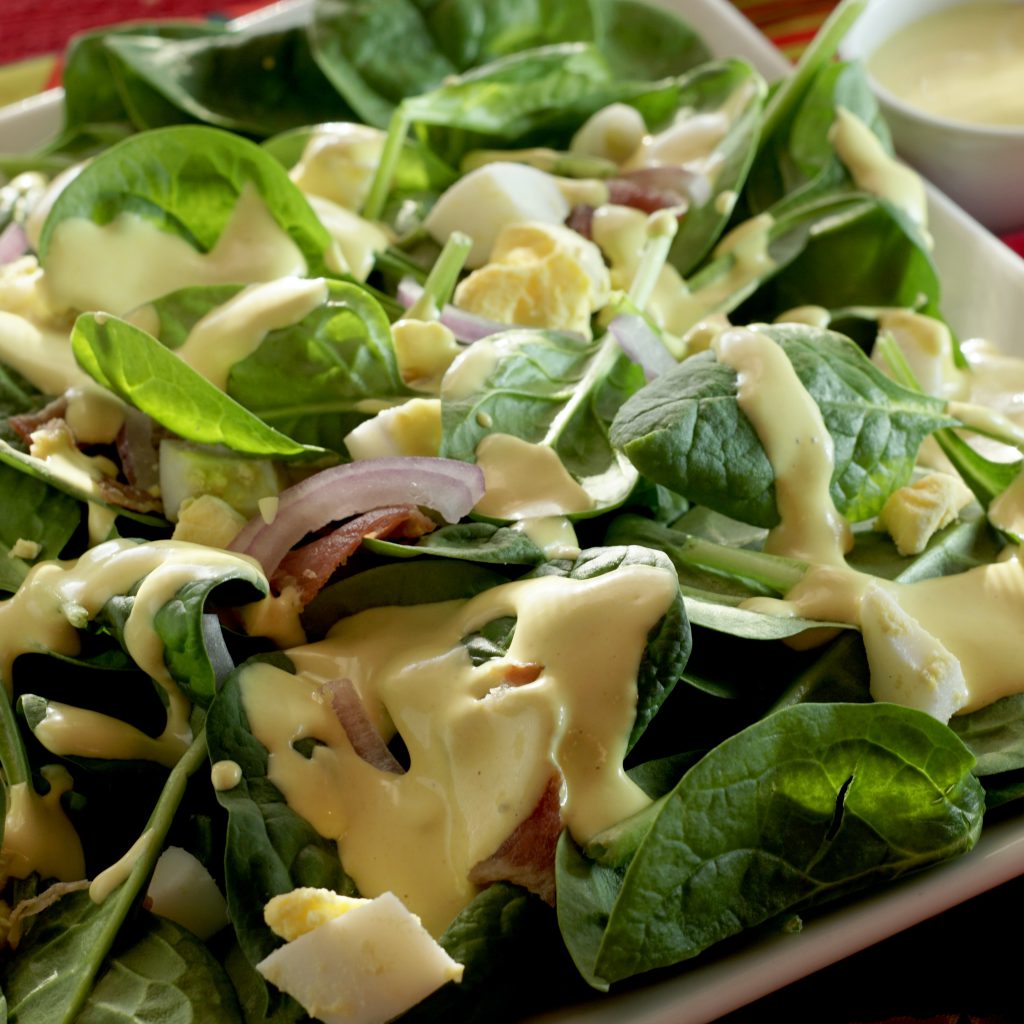
It’s not hard to fathom that aioli would make a perfect salad dressing. Since olive oil is already the superstar of salad dressings, why not use garlic-infused creamy oil too?
Aioli can easily fancy up a boring spring salad. Throw in some roasted chicken shreds, halloumi cheese, or tofu to turn it into a full main course. Combine aioli with spicier ingredients like a sweet chili sauce to dress a chicken salad. And use milder flavors like mustard and fresh herbs for the Greek salad variations.
Marinades

Marinades are usually very easy to adapt. Next time you’re whipping up some spices, vinegar, and oil to rub your chicken breasts or beef with, think about incorporating some aioli. Aioli will comply perfectly if your marinade is lemon, oil, and herbs or a yogurt-based one. It goes great with just about anything destined for the grill.
Over and Out!
Do yourself a huge favor and take some time to make some aioli. You can prepare it in your food processor, but if you’re an avid cook, by all means, get a mortar and pestle set to make the real McCoy of aioli.
As you start dipping and spreading, you’ll discover you can put together a delectable sandwich out of a few ingredients sitting in your fridge or turn regular roasted vegetables into a gourmet meal.


